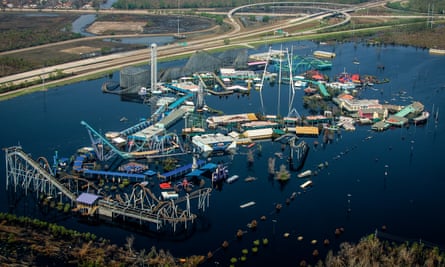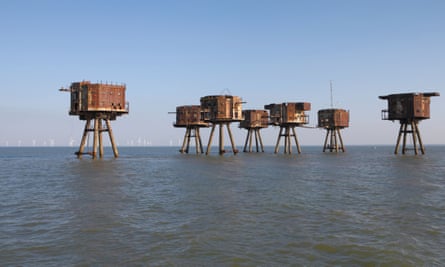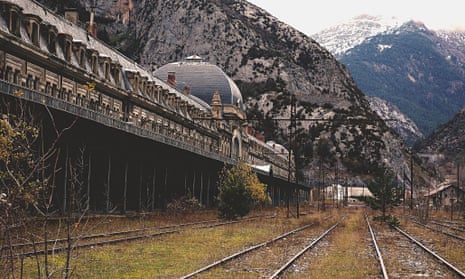Fifteen years ago Richard Happer was staying on a small Scottish island and took a boat out to St Kilda. Forty miles west of North Uist, the St Kilda archipelago is the westernmost point of the Hebrides, and perhaps the remotest place in the UK. Until the 1920s it had a small but resolute population of around 80. By 1930, the island was completely evacuated, rendered uninhabitable by a combination of disease and crop failure. Seeing the abandoned husks of homes sitting deserted in the grass, Happer was moved.
“I fell in love,” he says. “The outside world caught up with these remote people and it was too hard for them to live there, so the entire population upped and left. Visiting it was quite intoxicating. I realised that there were all these places on our doorstep that people didn’t know about.”

His love of these abandoned places has grown in the years since. He has now turned it into a book. It features 60 abandoned places from around the world, with short texts explaining what happened. Some are very famous, such as Machu Picchu and Chernobyl. Others were big stories at the time that are now fading from memory, such as Plymouth, the capital of Montserrat, buried by a volcano in 1995, and the Six Flags amusement park in New Orleans submerged by Hurricane Katrina in 2005. They tell stories of shifting environments and geopolitics – once-great trading centres that now lie crumbling in the desert, or grand feats of central planning that never fulfilled their ambitions.

“Some of the sites are about hubris. The Buzludzha monument in Bulgaria is a huge dome on top of a hill. It was built at the height of communism to be a symbol of an empire for the ages. Now it is an eerie alien shell of a place. A testament to fallen pride, I suppose.”

Happer says that other sites are about humanity and human accomplishment. “Take the Red Sands sea forts. They were built to guard the Thames estuary from German bombers, but then they became a base for pirate radio stations, and now they are a popular site for people to come and take pictures. Many of the abandoned places are visually striking because they’re in amazing places.”

Some are monuments to war. On 10 June 1944, an SS division massacred 642 people, including 452 women and children, at Oradour-sur-Glane, in central France. “They killed everyone in a single day, and nobody’s gone back,” Happer says. The town has been left as a museum, its ruined buildings strewn with household debris.

Tyneham, in Dorset, has also been empty since the Second World War. It was evacuated in 1943, when the War Office requisitioned the land as a practice site for D-Day. “You can imagine being a person in that little village, almost unchanged for 800 years before they gave everything up for the greater good,” says Happer. “They really believed in what they were sacrificing.
“I don’t want to get too philosophical, but something about decay suggests human endeavour. There’s something about the fallen majesty of human hope that has an eerie beauty. It makes you remember the things that are still around you.”
Abandoned Places by Richard Happer is published by Harper Collins at £20. To order a copy for £16, go to bookshop.theguardian.com

Comments (…)
Sign in or create your Guardian account to join the discussion